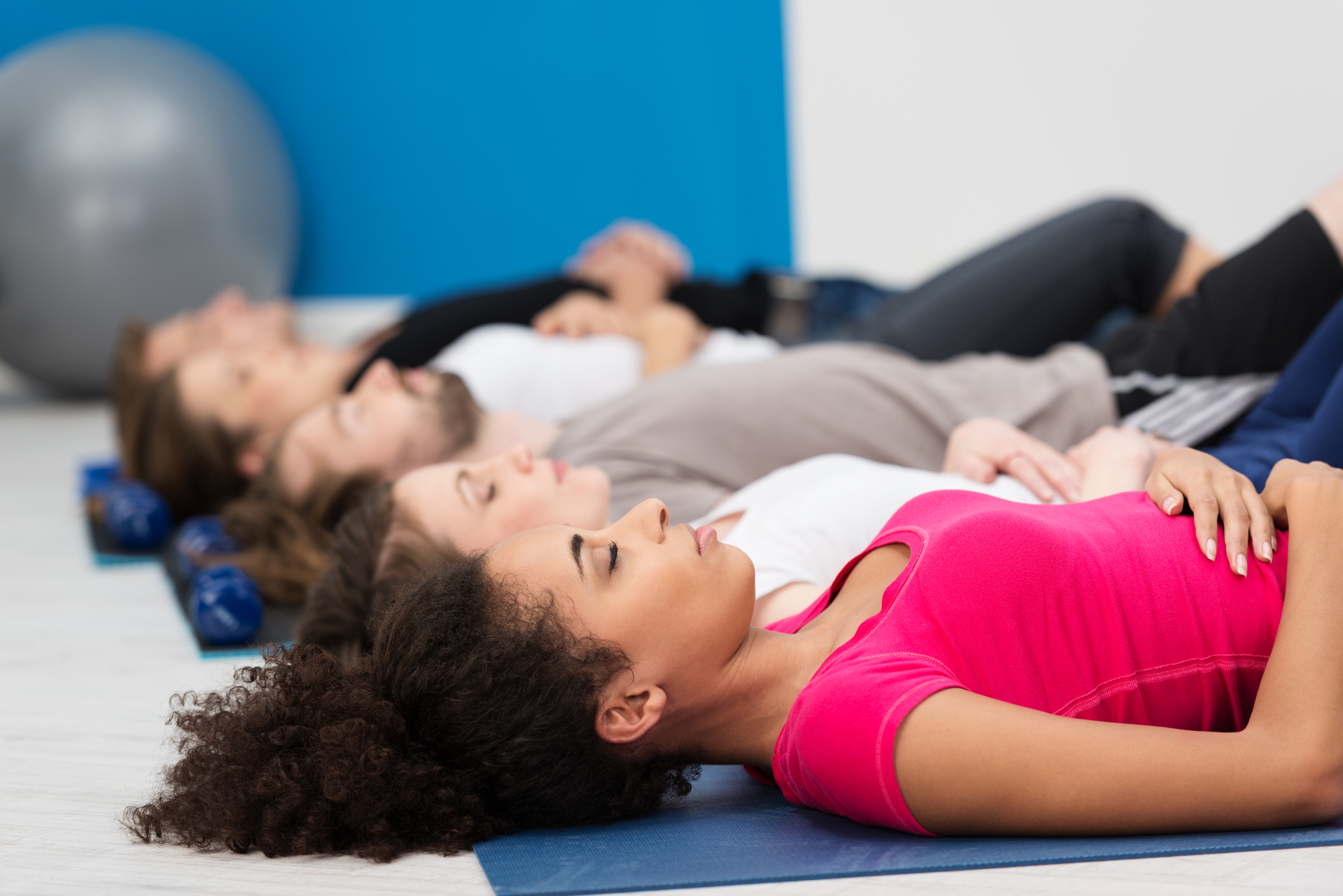Quick Links:
Slow and Steady Breathing

Sync your breathing with the movement of this pattern. As the object expands, breathe in slowly through your nose, and as the object collapses, breathe out slowly through your nose. Even though you are taking deep breaths, the key is the slow and steady pattern, a gentle stream of air coming in and out, as opposed to strong, pressured breaths.
Practice this breathing 1 to 2 times a day, 5 to 10 minutes each time. This exercise can be done sitting up or lying down (with feet flat on floor and knees bent, forming a triangle between your legs and the ground). You can also lay one hand on your chest, and the other hand on your stomach. The hand on your stomach should rise with each inhale, while your hand on your chest should show little movement, to ensure you are breathing deeply.

You can also practice this technique using a breath pacer that can be downloaded on your smartphone. There are many options but the two I recommend are Paced Breathing (for Android) and Breathe2Relax (for IOS and Android).
Progress Muscle Relaxation
Progressively alternate between tensing and releasing each major muscle group throughout your body, going either head to toe or vise versa. Tense for about five seconds and release for about five seconds. Breathe in when tensing, and breathe out when releasing. Mindfully notice how your muscles feel when they are tense compared to when they are relaxed. The following Youtube video demonstrates how the exercise is done while sitting, but it is most relaxing lying down with your eyes closed.
Guided Visualization
In Man’s Search for Meaning, Viktor Frankl, a holocaust survivor, describes relying on his visual imagination to help him psychologically survive the horrors of the Nazi concentration camps. His accounts are a testament to the power of visual imagination as not only an outlet, but a source of peace, strength, and hope, even in the worst of circumstances.
Like many things, your ability to engage in visual imagination can be cultivated with repeated practice. Once cultivated, visual imagination can be a powerful ally, just as it was for Viktor Frankl, who was able to successfully rebuild his life as a famous psychologist post-WWII.
Autogenic Training
Autogenics is a form of self-hypnosis that elicits the relaxation response by imagining and verbally repeating desired states of the body, such as “my neck is relaxed,” “my heart is calm,” and “my hands are warm.” As the desired state begins to manifest based on the principles of auto-suggestion, mindfully observe the change and continue repeating the same statements, but this time as an actual experience as opposed to a suggestive phrase.